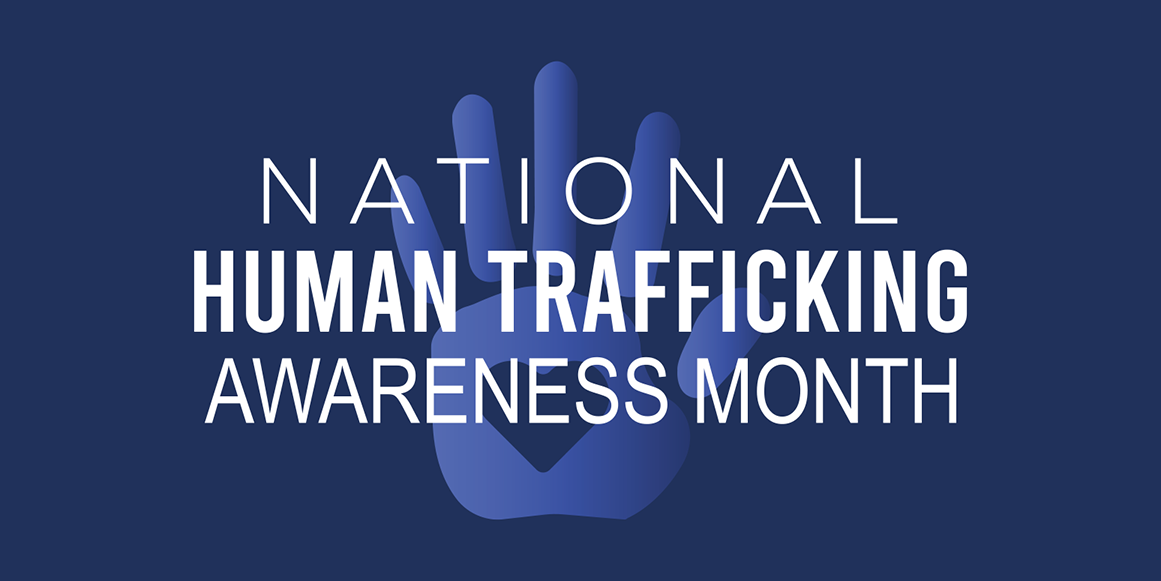Written by Judge Kim Dowling
January is Human Trafficking Awareness month. Many of you who know me know my passion for addressing human trafficking. The Indiana Supreme Court appointed me to chair its committee to address child trafficking, the Commission to Improve the Status of Children in Indiana. I have trained hundreds of Hoosiers on the front lines in the juvenile justice system, including all Indiana juvenile judges, as well as law enforcement officers, teachers, nurses, mental health professionals, doctors, and others to help protect our children.
Everyone needs to understand the complexities of human trafficking, how to identify red flags, and what to do If you suspect trafficking. We need citizens to watch for trafficking in our community. This knowledge so that if you ever serve on a jury you will better understand the evidence you hear. In September, during Suicide Awareness Prevention month, I shared a little about trafficking and its intersection with mental health challenges, including suicide. review some background on sex trafficking: what it is and what it looks like. In coming weeks, we will talk about the red flags, some work we have been doing to prevent it, and what work yet needs to be done.
You may see the acronym “CSEC” (Commercial Sexual Exploitation of Children) when you read about trafficking. The terms are interchangeable, but I use CSEC term so people don’t confuse it with the movie Taken. While the situation in Taken does happen in the U.S., we really need to talk about our own children being trafficked here: in Delaware County, Indiana, or in other states.
Traffickers can be anyone. Shockingly, even family members and foster parents as well as other perpetrators. Whatever the scenario, child trafficking victims typically do not self-disclose that they have been trafficked. Many do not understand what trafficking is or that it is happening to them. The sad reality is that for many, trafficking is not the worse thing that has ever happened to them.
Children are lured into trafficking through the internet, but many are recruited at malls, juvenile residential treatment facilities, schools, churches, neighborhoods. Almost anywhere. Trafficking incidents increase around any kind of conference or event, but especially with sporting events, such as the Super Bowl, basketball tournaments, auto racing events, etc.
Approximately 1.6 million American children run away from home each year. One in three –over half a million—of those kids will become victims of human trafficking within 48 hours of leaving home. The longer they are in this tragic life, the more difficult it becomes for law enforcement, because these children are brainwashed by their perpetrators. The victims see their traffickers as the only one who loves them. Like Stockholm Syndrome, they often won’t turn on their perpetrator. Those of us working in the juvenile system know these children are at high risk of “escaping” from treatment to return to the clutches of their perpetrator.
I will share more in the coming days about red flags you can look for, the work we have been doing to address this heinous issue, and the work that we still need to do.
